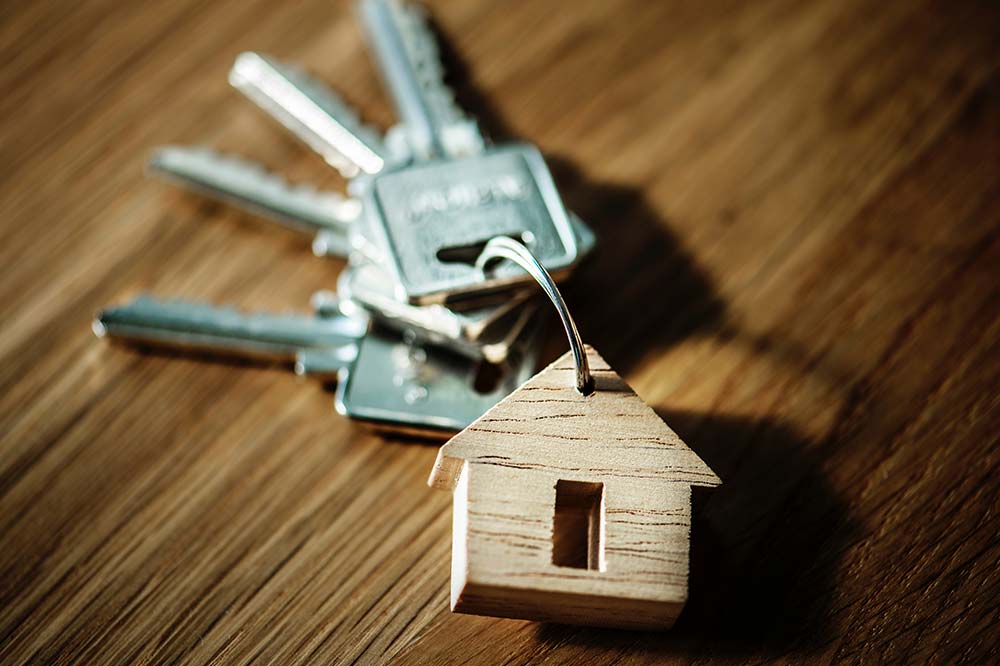 The funny thing about the letter “R” is that you see it a lot around Restumping Melbourne. It may be a prominent letter in our brand, but it’s also a great signifier about a few terms that we use frequently around here. We call them the three “R’s”. What exactly are the three R’s? Rewiring, roofing and (our personal favourite) restumping. What do these have in common? Well, lucky for you, you’ve stopped by the Restumping Melbourne blog and we’d be happy to explain them. The goal of the Restumping Melbourne blog is to educate and inform our valued community of customers about the work that excites us. This doesn’t stop with just restumping, although it’s always our goal to properly reinforce the foundation of your home. The blog goes far beyond that, and you can always check back in for tips and tricks ensuring that your home is safe, comfortable and easy on the eyes.
The funny thing about the letter “R” is that you see it a lot around Restumping Melbourne. It may be a prominent letter in our brand, but it’s also a great signifier about a few terms that we use frequently around here. We call them the three “R’s”. What exactly are the three R’s? Rewiring, roofing and (our personal favourite) restumping. What do these have in common? Well, lucky for you, you’ve stopped by the Restumping Melbourne blog and we’d be happy to explain them. The goal of the Restumping Melbourne blog is to educate and inform our valued community of customers about the work that excites us. This doesn’t stop with just restumping, although it’s always our goal to properly reinforce the foundation of your home. The blog goes far beyond that, and you can always check back in for tips and tricks ensuring that your home is safe, comfortable and easy on the eyes.
It’s a common marketing ploy to see signs that say, “renovator’s delight” on homes that are about to go on the market. The phrase delights many a project lover and terrifies those who veer on the side of staying safe. The point that we want to focus on today is that it can be misleading. The scale of possible renovations is vast, so you don’t want to take that sign at face value.
The first thing to think about is purchase price versus resale. As you’re initially exploring the property, are you seeing where you can add initial and long-term value? If you’re seeing a lot of possibility, the next step is pricing out exactly what the renovations will cost. You don’t want to purchase the renovated home, find a whole host of other renovations that are necessary, and end up paying even more than you bargained for. Be clear about your intentions and you’ll notice a huge difference in the cost of your home overall.
If you’ve seen and toured the renovated home, and you know that it’s something that you want to move forward with, the next step is home inspections. Here’s where we really want you to keep an eye out, specifically for the three R’s that we mentioned – roofing, restumping and rewiring. You’ll see them a fair few times on here and for good reason… they can be expensive.
Older homes will always benefit from rewiring, but there’s a large price tag attached. It won’t add any value if you’re planning to sell, and though it’s necessary, it won’t add visual appeal. Restumping is another necessity that you can’t avoid. If a home needs to be restumped, make sure that you’re adding those costs to that of the renovated home before you buy. Roofing can go either way. If you’re just looking at repairs or repainting, it’s not a deal breaker. If you need to replace the roof, that’s a whole different story.
The bottom line is that it’s always important to ask as many questions as possible. Consider us a valuable resource and email, call or visit us any time.

 There’s a reason that purchasing a home is high on the
There’s a reason that purchasing a home is high on the